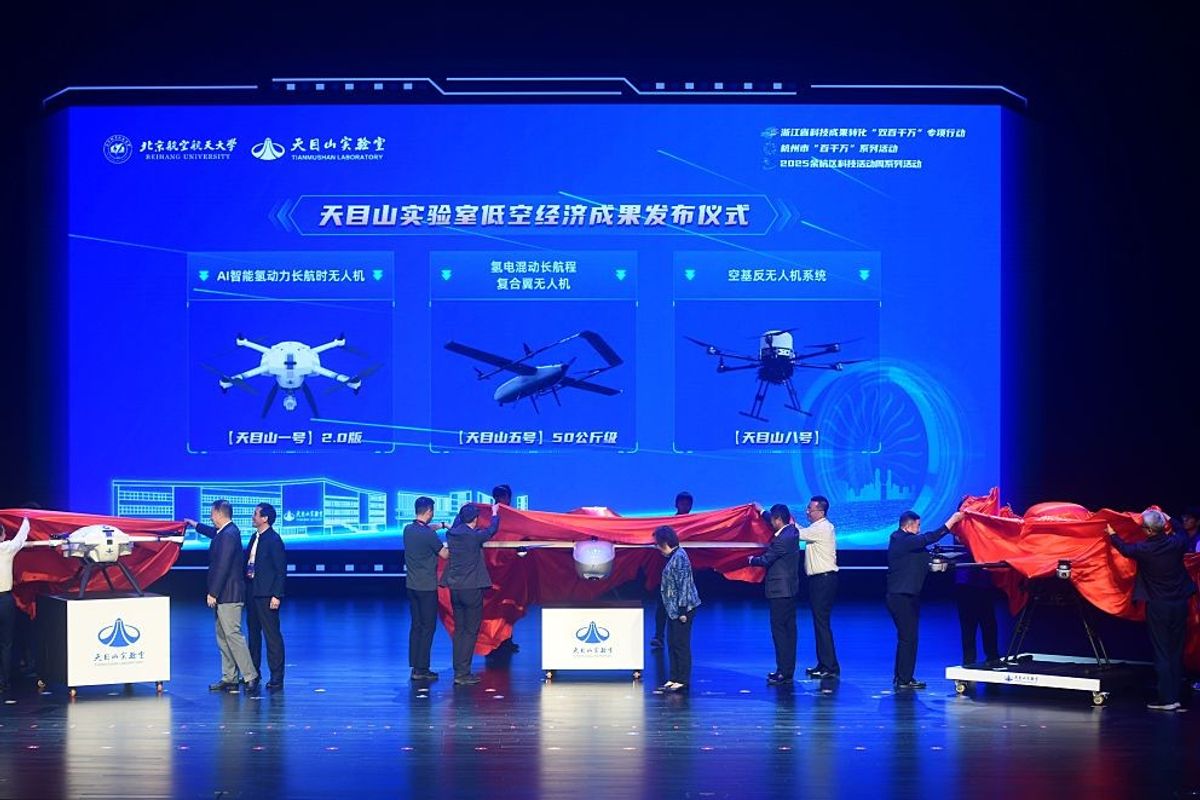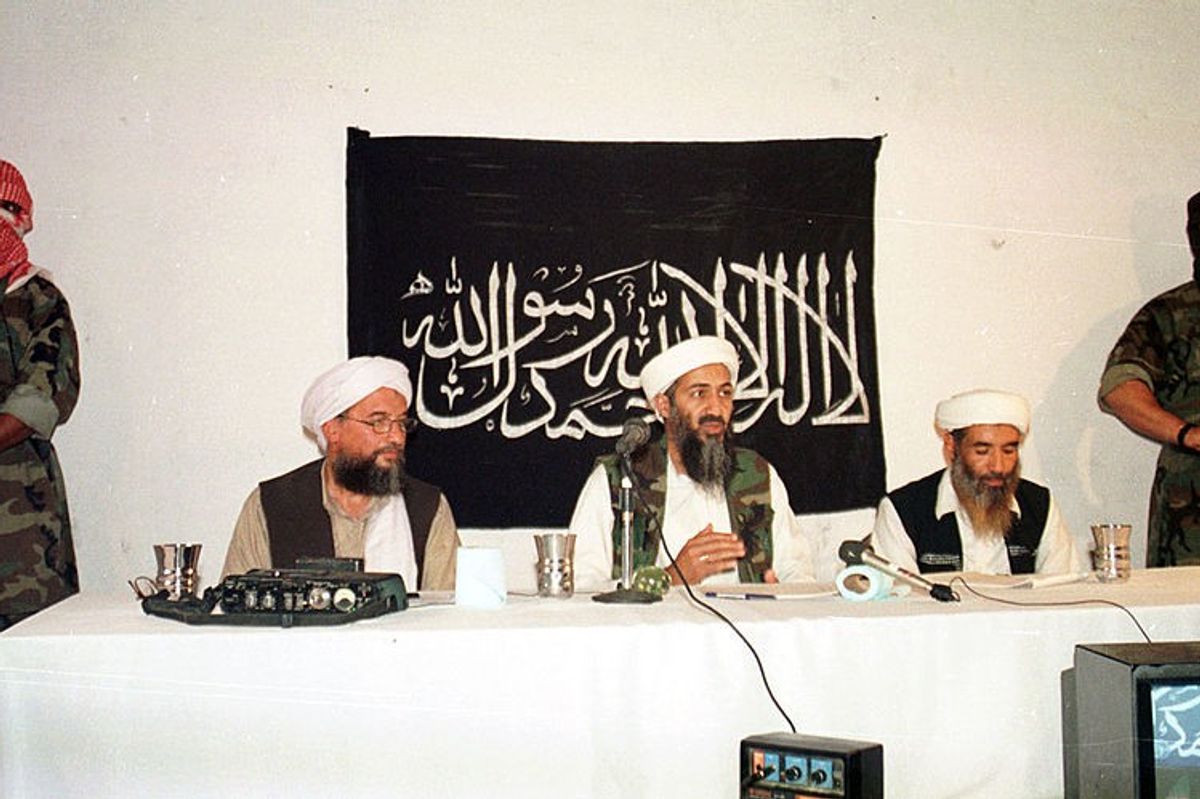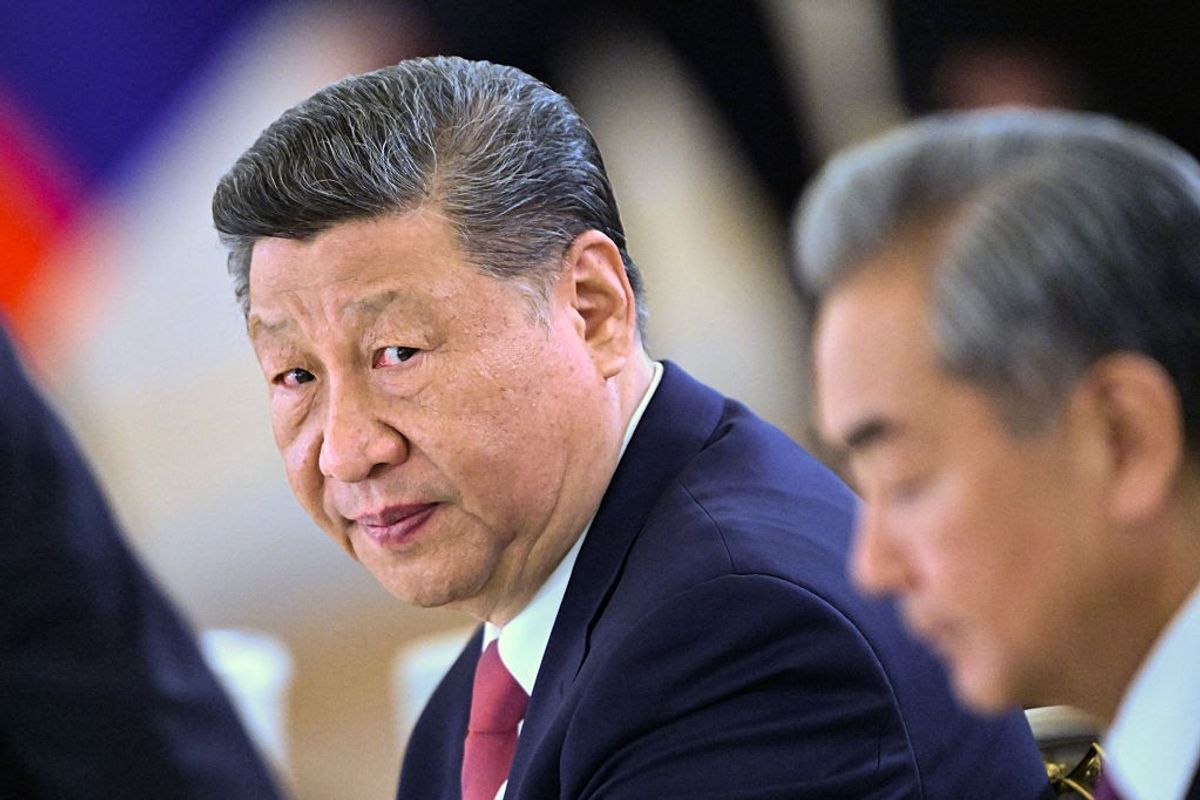OPINION — “Beijing's aggressive maneuvers around Taiwan are not just exercises – they are dress rehearsals for forced unification…Russia's growing military cooperation with China, including joint exercises in the Pacific, adds another layer of complexity to the Indo-Pacific security environment. Their combined operations demonstrate increasing sophistication that potentially complicates the U.S. Indo-Pacific Command (USINDOPACOM) response options in a crisis.”
That was Adm. Samuel J. Paparo, Commander of Indo-Pacific Command, testifying before the House Armed Services Committee on April 9.
While there has been a good deal of publicity about Chinese and Russian military exercises in and around Taiwan, what has not drawn much public notice in the U.S. are military exercises in that same area being carried by American and allied forces.
For example, the 40th annual U.S.-Philippine Balikatan military exercises (BK25) began eight days ago in the Philippines and will run through May 9. BK25 will involve some 9,000 American and 5,000 Filipino military personnel, along with fighter jets, warships and an array of new weaponry. Small units from Australia and Japan are also taking part, while military representatives from 20 allied nations are on hand as observers.
The exercises are to include a mock allied counter-assault against an enemy attack on an island, the use of a barrage of artillery and missile fire to sink a mock enemy ship, joint navy sails in or near the disputed South China Sea, and aerial combat surveillance, according to the Philippine military.
Philippine Brigadier General Michael Logico, an exercise director, recently described Balikatan, which in the Philippine language Tagalog means "shoulder to shoulder," as "the Super Bowl of all exercises in this part of the region."
The U.S. exercise director, Marine Corps Lt. Gen. James F. Glynn, said on the opening day of the drills, “BK25 is set to introduce new capabilities that have been developed over the course of many, many, years…to demonstrate and reassure the region that while we remain committed to peace, we also possess credible combat power that backs up the commitment and our promise to maintain a free and open Indo-Pacific.”
Experts are gathering at The Cipher Brief’s NatSecEDGE conference June 5-6 in Austin, TX to talk about the future of war. Be a part of the conversation.
A new anti-ship weapon
One new weapon system that Glynn said was being deployed for the Philippine exercise is the Navy-Marine Expeditionary Ship Interdiction System (NMESIS), along with its Naval Strike Missiles (NSMs).
A Norwegian design now produced in concert with Raytheon, the NSM has a range of some 110 nautical miles and stealth features to help avoid radar. It also has an imaging infrared-seeker for terminal-phase targeting.
Marine Corps releases describe the NMESIS system as an unmanned vehicle and launcher combo, each with two ready-to-fire NSMs, operated and monitored remotely from a distance by small teams of Marines. After firing, those Marines can rapidly move the launcher/missile unmanned vehicles from their remote positions to new sites, to keep them from being targeted by the enemy.
For the BK25 exercise, three NMESIS systems “will be employed during the Maritime Key Terrain Security Operations in Northern Luzon and the Batanes Islands,” according to a Marine press release. That will place them near the Luzon Strait, which sits between Taiwan and the Philippines and close to mainland China.
According to TWZ (The War Zone) website’s Editor-in-Chief Tyler Rogoway, “From its [Batanes’] island position in the heart of the [Taiwan] Strait, it [NMESIS] would be able to put any vessel transiting the waterway from the tip of Taiwan, nearly to the northern reaches of Luzon in the Philippines, and 100 miles east to west, at risk. To put it bluntly, this is what the system, and the new Marine Littoral Regiments (MRL) for that matter, were designed to do. On the other hand, executing such an anti-access strategy in the Luzon Strait represents what would be among the highest-risk operations an MLR could conceivably carry out.”
The NMESIS combos will not be fired during BK25, but the exercise presents an opportunity for both militaries to practice placing it on islands in the Luzon Strait for simulated fires missions.
Beijing is watching
Needless to say, the Chinese are aware of what is going on. Last Wednesday’s Global Times, the Chinese Communist Party tabloid, noted the NMESIS system had been deployed to the Luzon Strait, which it called "a choke point for Chinese naval access to the Pacific Ocean."
More important, the Global Times article pointed out, “The U.S. Marine Corps confirmed last week that the NMESIS missile system would remain in the Philippines for future exercises if it was ‘appropriate and requested’ by Manila.”
Another relatively new system stationed in the Philippines is the U.S. Army’s Typhon launcher, which is capable of firing Tomahawk cruise missiles and SM-6s, and which have an over-the-horizon anti-ship capability. Actually, the Typhon was brought to the Philippines for last year’s Balikatan exercise, and has remained on the islands.
Since the Tomahawks and SM-6 have longer ranges, for BK25 they will not be placed as far forward as the NMESIS systems. The Chinese are aware of the Typhon launchers, with the Global Times observing last week, “Should these systems remain on Philippine soil, they will become a constant source of tension in the region.”
Everyone needs a good nightcap. Ours happens to come in the form of a M-F newsletter that provides the best way to unwind while staying up to speed on national security. Sign up today.
Countering the drones
Another new weapon system being used during BK25 is the Marine Air Defense Integrated System (MADIS), a ground-based, counter-drone system initially fielded in December 2024, and first live-fired tested in Hawaii in January.
The system, mounted on a tactical vehicle, comes equipped with radar and weapons capable of identifying aerial threats, plus electronic jammers, and a turret with two Stinger missiles and a 30mm cannon. When employed in conjunction with the NMESIS system, MADIS units could enable maritime strikes by giving the launchers time to fire NSMs without fear of being targeted by drones and small unmanned aerial systems.
At BK25, U.S. Marines will use MADIS during an integrated air-and-missile defense event alongside Philippine Marines and soldiers, who will also utilize their own counter-drone systems, according to MarineTimes.
On May 5, a maritime strike is scheduled to be held off Zambales Province, Philippines, in the South China Sea. The target will be a decommissioned Philippine Navy ship, the BRP Miguel Malvar, originally the USS Brattleboro, a rescue patrol craft formerly in service with the U.S. Navy that was transferred to the Philippines in 1976.
The U.S. Marines will deploy their NMESIS anti-ship missile system for the event, while the Philippine Navy will be using its LIG NEX 1 C-Star anti-ship missiles for the strike. Also available for use will be U.S. F-16s, F-35s, and possibly F-18s, plus Filipino FA-50PH fighter jets. Philippine President Ferdinand Marcos Jr. is scheduled to attend this BK25 exercise.
When BK25 opened eight days ago, Gen. Glynn referred to it as a “full battle test.” He said it would provide “live, virtual, and constructive training opportunities that will give us as a collective entity the opportunity to demonstrate capabilities across all domains, across all services, and all forces.”
Back on April 1, after the Chinese staged military exercises off Taiwan's north, south and east coasts, the U.S. State Department said, “Once again, China’s aggressive military activities and rhetoric toward Taiwan only serve to exacerbate tensions and put the region’s security and the world’s prosperity at risk… The United States supports peace and stability across the Taiwan Strait and opposes unilateral changes to the status quo, including through force or coercion.”
As BK25 began, a Chinese Foreign Office spokesman said, “China firmly opposes any country using the Taiwan question as an excuse to strengthen military deployment in the region, heighten tensions and confrontation, and disturb regional peace and stability,” adding, “Those who play with fire will perish by it.”
Meanwhile, while the BK25 exercises were underway, China and the Philippines separately planted their flags on an unoccupied spit of land in the South China Sea, south of where the American and Filipino forces are operating. Disputes such as this could escalate and grow to the very kind of warfare BK25 is preparing for.
For now, both the U.S and China will continue to hold military exercises in the region, singly and with allies. They also will complain about the other’s warlike activities. That happens to be part of the current reality.
The Cipher Brief is committed to publishing a range of perspectives on national security issues submitted by deeply experienced national security professionals.
Opinions expressed are those of the author and do not represent the views or opinions of The Cipher Brief.
Have a perspective to share based on your experience in the national security field? Send it to Editor@thecipherbrief.com for publication consideration.
Read more expert-driven national security insights, perspective and analysis in The Cipher Brief















